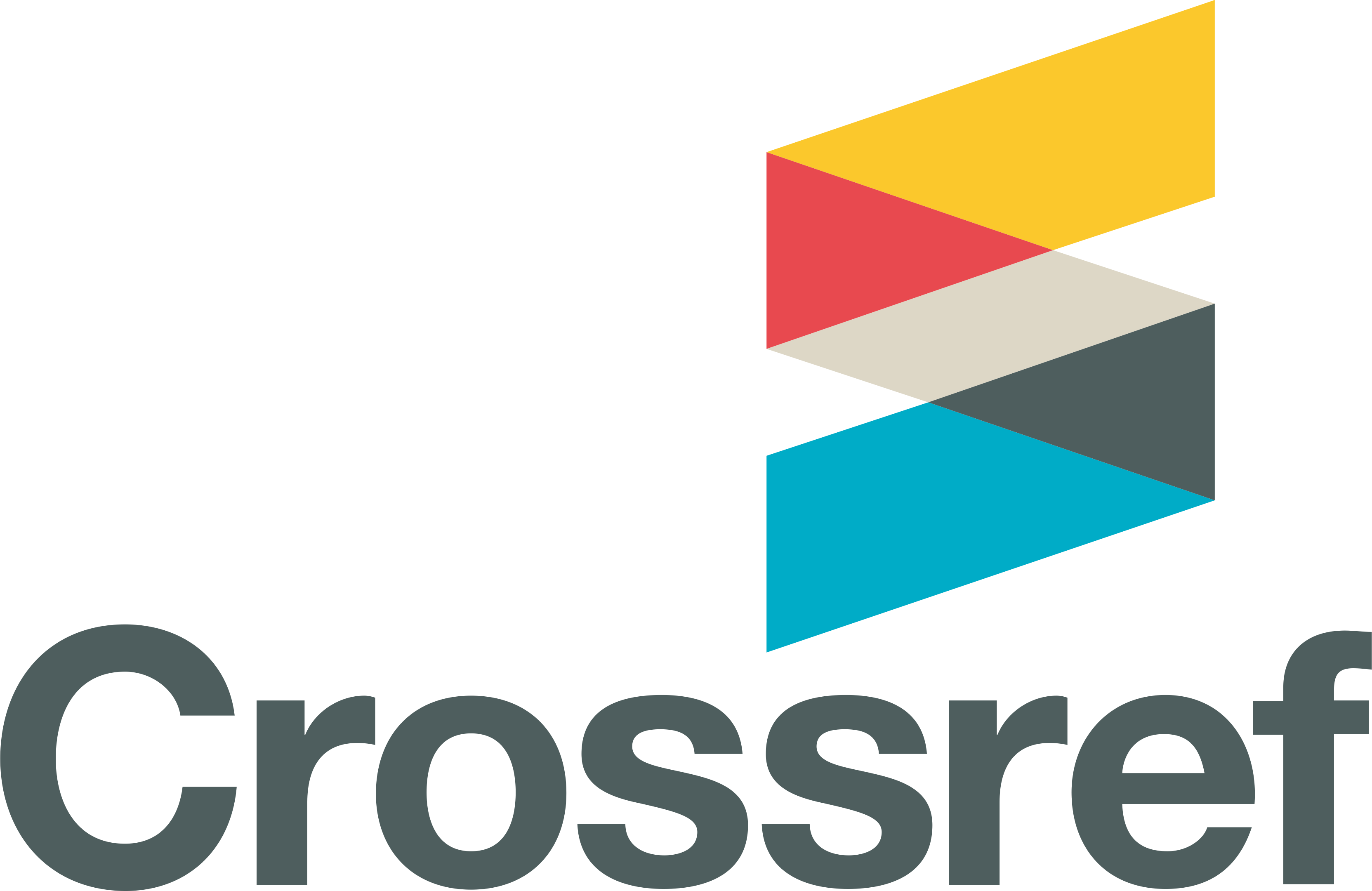Preliminary study on Microplastics in Bivalves Perna viridis, Crassostrea iredalei, and Venerupis philippinarum Harvested from Bacoor Bay, City of Bacoor, Cavite
DOI:
https://doi.org/10.54610/jeseg/4.Special_Issue.2022.005Keywords:
clams, ingestion, microplastic, mussels, oystersAbstract
An increasing number of studies have reported the presence of microplastics in marine organisms such as bivalves. Ingestion of microplastics can affect organisms and transport pollutants such as organic chemicals and heavy metals. In this study, the presence, quantity, and size of microplastics ingested by the three commercially important bivalve species Perna viridis, Crassostrea iredalei, and Venerupis philippinarum harvested from Bacoor Bay, Philippines, were investigated. The microplastics were extracted from the soft tissues of the bivalves using base digestion, recovered by filtration using 150 µm wire mesh, and analyzed microscopically. The results demonstrated that the quantity of recovered microplastics from the soft tissues of mussels, oysters, and clams are 0.93±0.12 items/g, 0.42±0.07 items/g, and 1.71±0.34 items/g, respectively. One-way analysis of variance (ANOVA) shows that the quantity of microplastics ingested by the three bivalve species was significantly different (α = 0.05, p =0.0031). The average size of microplastics ingested by mussels, oysters, and clams was 1.72±0.13 mm, 1.26±0.18 mm, and 1.21±0.1 mm, respectively. A slightly significant difference between the sizes of microplastics ingested by the three bivalve species (α = 0.05, p =0.049) was observed. This study presents preliminary data on the quantity and size of microplastics ingested by bivalves in Bacoor Bay. The results of this study further proved the necessity of determining programs and projects to reduce the potential risks of microplastics on the environment, economy, and, more importantly, on the safety of human food consumption. Further studies are needed to identify the specific polymers of plastics ingested by the three bivalve species harvested in Bacoor Bay.
Downloads
Published
How to Cite
Issue
Section
License

This work is licensed under a Creative Commons Attribution-NonCommercial 4.0 International License.








